Open Space - Mind Maps / 11 Mar 2016 - 15 May 2016
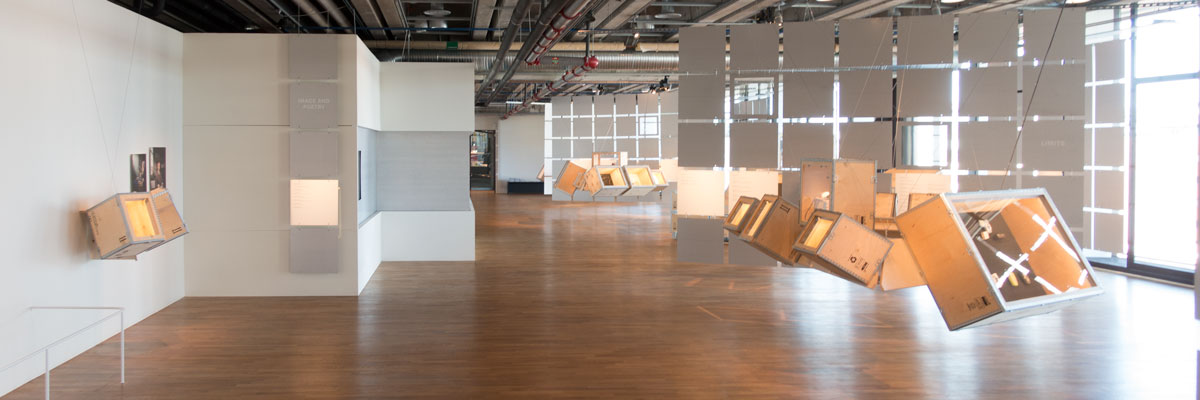
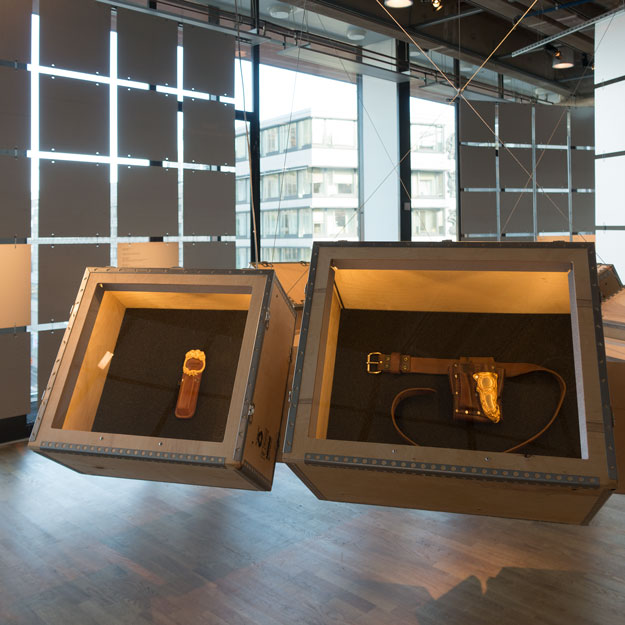
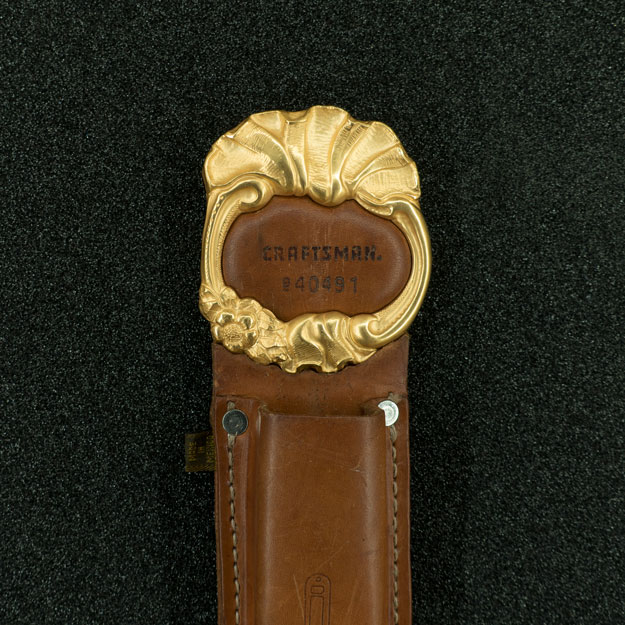
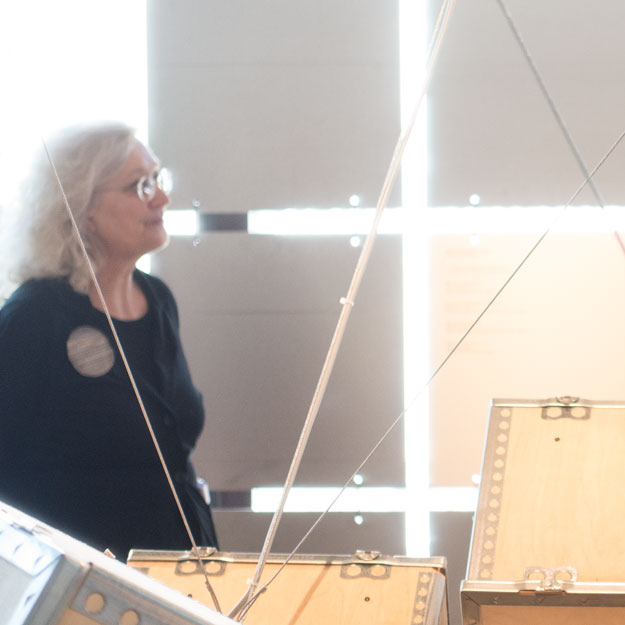
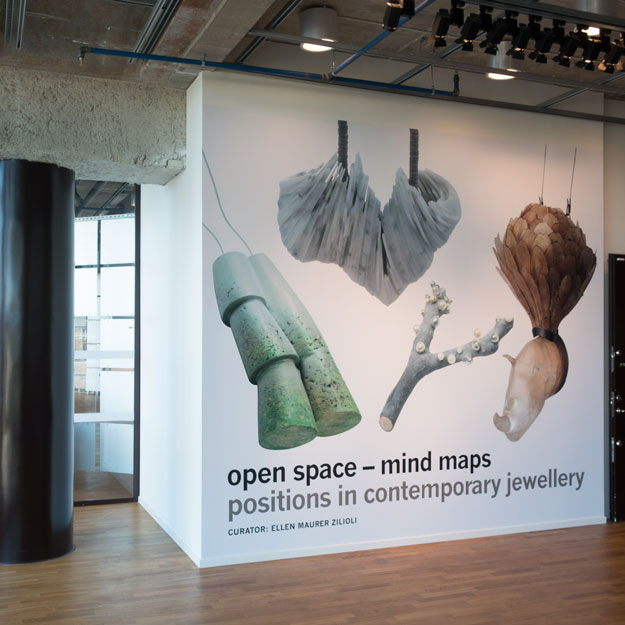
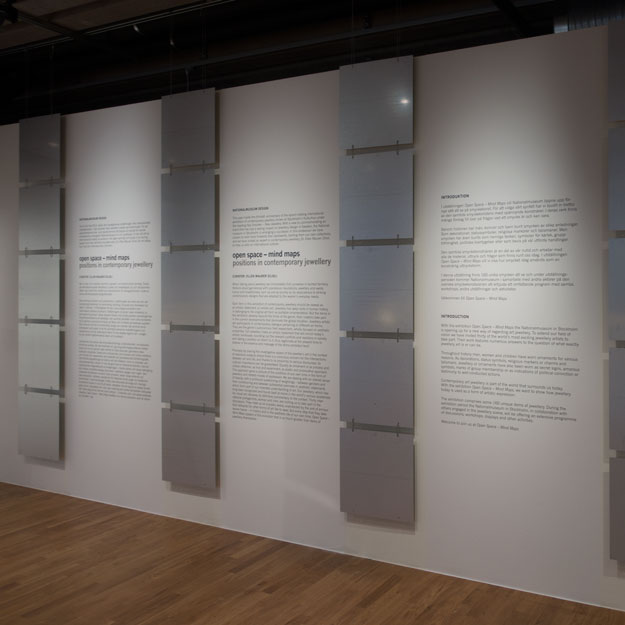
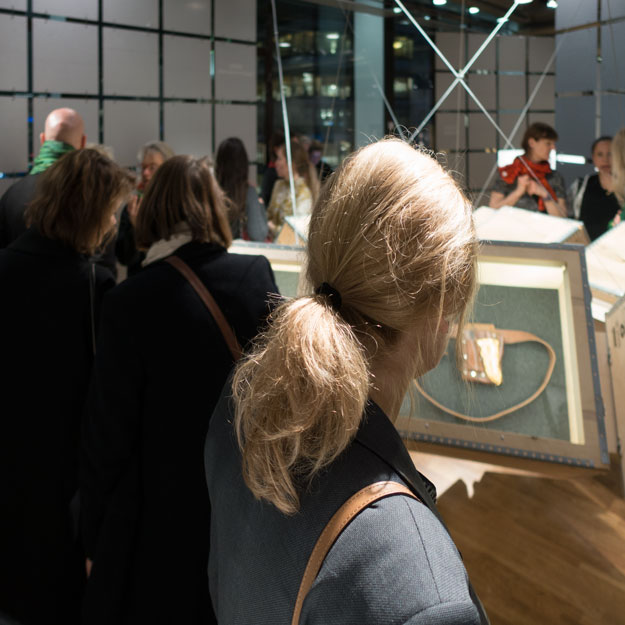
National Museum Stockholm
Open Space–Mind Maps. Positions in Contemporary Jewellery is an exhibition of contemporary art jewellery. The exhibition features 30 artists from all over the world, with about 160 works on display.
The exhibition Open Space – Mind Maps. Positions in Contemporary Jewellery intends to illustrate the point at which the actual art in jewellery arrived and what cultural messages take on the most crucial importance in this context. The jewellery in the exhibition represents adventure and experimentation aimed at opposing and protesting against traditional customs, propagandising a type of beauty that unifies provocation and aesthetics at the same time.
Jewellery long ago breached frontiers, and acts as artistic field research, participating in the current topics of art in our time. In our context, jewellery no longer represents a simple decoration or a status symbol, but an aesthetic discourse and artistic position that reacts to everyday life events, to personal history and experience, to worldwide developments and new forms of communications and perception. It handles the contents as contributions to the art, within and beyond the same classical frames. We are moving in an open space and every object, every piece contains the mind map of the singular artist and his or her cultural background.
In the exhibition 30 artists from the international scene will present the public with jewels and conceptual works, complemented with examples from the young collection of Nationalmuseum. In total there will be about 160 works on display.
The selection of artists also covers the foremost academies and universities in the field of jewellery. Sophie Hanagarth teaches in Strasbourg, Karen Pontoppidan at the Academy of Fine Arts in Munich, Miro Sazdic at Ädellab at Konstfack in Stockholm, Suska Mackert at the Academy of Fine Arts in Nuremberg and Mikiko Minewaki at the Hiko Mizuno College in Tokyo and so on. Their work demonstrates the stronger impact of female artists, who provide a paradigm shift in handwriting, style, thematic issues and the appearance of jewellery today. This is also one of the reasons why the exhibition focuses in particular on the aspect of gender positions and gender shifts.
The exhibition is curated by Dr. Ellen Maurer Zilioli, who is based in Munich, Germany.
The Châtelaine by Tobias Alm
The Châtelaine is Tobias Alm’s most recent body of work. The project was initiated in 2015, one year after his graduation from the Master Program at Ädellab, Konstfack.
The Châtelaine is a continuation of Tobias’ investigation in the culture of the tool belt from a jewellery perspective. The pieces of jewellery in this project are a kind of hybrids between the tool belt of today and a historical piece of jewellery called the châtelaine. They are composed out of fragments of used leather tool belts, combined with gilded silver elements made with repoussé and chasing techniques in a rococo style.
“I started analyzing the tool belt as if it was a piece of jewellery. I discovered a vibrant culture of body adornment embedded in the structure of misogynist, patriarchal masculinities. Masculinity and jewellery have a complex relationship, filled with fears of breaking norms and socially constructed gender rules. It seems as wearing jewellery poses a threat towards certain masculinities, which is counteracted with different strategies to avoid feminization. One of these strategies is to connect jewellery with practical functionality. Examples of this are the tiepin and the cuff link. Because of this, comparing the tool belt with the châtelaine becomes very interesting. These two objects are both filled with practical functionality (tool), and with symbolic and social functionality (jewellery). Although they are very similar in this aspect, they are interpreted very differently because of their different contexts and gender constructs. By joining the tool belt with the châtelaine, and stating that it is a piece of jewellery, I wish to challenge and question the culture of masculinity that surround me, and contribute to an analysis and a reformation of these detrimental gender structures. I believe that the merging of the chatelaine with the tool belt also open up for a new analysis of the practice of wearing jewellery, in relation to the social structures of masculinity.”
-Tobias Alm